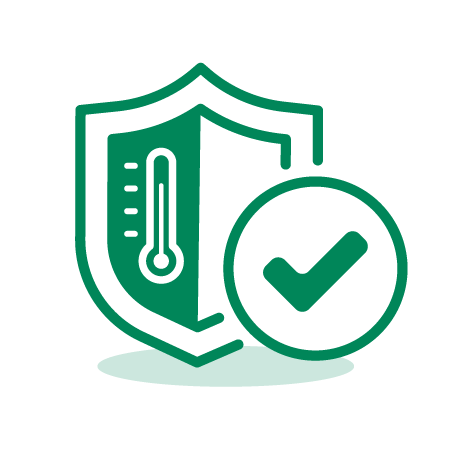Learn The Truth About Food Packaging from This Green Chemist
WHAT ARE THE MOST DANGEROUS CHEMICALS iN FOOD PACKAGING AND HOW CAN I AVOID THEM
xtend freshness — Today fresh produce is available throughout the U.S. all year round. Among the things that help make this possible, are produce wax coatings that are invisible, colorless, odorless, and tasteless. They keep produce fresh during shipment, reducing food waste, increasing shelf life, and improving appearance. The FDA makes sure these waxes are safe before they can be used by the food industry.
Nutritional benefits — The FDA monitors and takes action to safeguard the food supply when food manufacturers want to add a chemical to food to make it better or of greater value. For example, vitamin D (calciferol) may be added to milk, juices, and cereals to prevent rickets (bone softening) in children and osteoporosis (lack of bone density) in older adults.
Food Safety — Preservatives slow product spoilage caused by mold, air, bacteria, fungi, or yeast. In addition to maintaining the quality of the food, they help control germs that can cause foodborne illness, including life-threatening botulism. Antioxidants, a group of preservatives, stops fats and oils and the foods containing them from becoming


Comments
Post a Comment